At the end of 2019, the total global Foreign Exchange(FX) currency reserves stood at $11.7 trillion, of which $6.7 trillion were in dollars or dollar-denominated assets. Nearly 60% of global trade and 40% issuance of worldwide debt is also denominated in the US Dollar. The dollar’s dominance in FX reserves enables America to borrow large amounts at low interest rates without fear of disruption in flows. A currency becomes globally acceptable and dependable based on the size of the economy and free convertibility on both trade and capital accounts, the country’s education standards and quality of its manpower, the innovation and IPR creating ability, the competitiveness of its businesses, the established and demonstrated rule of law, and a very strong defense capability. In world history (as analysed by Ray Dalio of Bridgewater Associates), nations held the title of “reserve currency of the world” for no more than 50-100 years, and had a recurring boom to bust cycle which led to its rebirth in the form of another currency.
Intertwined history of the dollar and the federal Reserve Between 1781 -1907 the dollar was directly linked to gold and was convertible. In 1913, the Federal Reserve was created.
- The Federal Reserve, America’s central bank, is responsible for conducting monetary policy and controlling the money supply.
- The primary tools that the Fed uses are interest rate setting and open market operations (OMO).
- The Fed can also change the mandated reserves requirements for commercial banks or rescue failing banks as lender of last resort, among other less common tools.
- When the economy is faltering, the Fed can use these tools to enact expansionary monetary policy. If that fails it can use unconventional policy such as quantitative easing.
The USA does not own its Federal Reserve. It is a privately owned body which originally had 300 shareholders with a profit motive. The stockholders were to get a fixed dividend of 6% of profits and 100% of the balance belonged to the US Treasury. By 1919 this 100%REDUCED to 90%, and in 1933 the stockholders delivered a stroke of genius. They made a one-time cash injection to create the US Deposit Insurance Corporation, and in lieu of this they now owned 100% of profits with no share for the US Treasury. In 1947 the Fed realized that a massive outcry was expected in the US Congress, and they pre-empted it by agreeing to pay an annual franchise tax to the Treasury, but the quantum would be decided exclusively by the Board of the Fed (as per reports of the Brookings Institute). The Fed conducts a self-audit and is not subject to US Congress or Senate scrutiny as per media reports.
In 1929, when the economic depression peaked, the Fed reached its currency printing limit. President Roosevelt passed a law making it mandatory for all American citizens to sell their gold to the Fed at $29 an ounce. He bought gold globally at higher prices, and once the targeted quantity was acquired, reset the price at $39 an ounce (upping the value of Fed’s holding and cheating his own citizens!). During World War II, the US lent a lot of money to the Allied nations. In 1944, 44 nations met at Bretton Woods in New Hampshire, and decided that their currencies would be linked to the US Dollar, and the Dollar would be linked to gold. In 1966 multiple countries were concerned that the Fed was printing more cash than the gold they held, and insisted that their USD holdings be repaid in gold. In 1971, President Nixon and the US reneged on their commitment and said that the USD was not linked to gold, would become a Fiat currency i.e. paper which acts as a store of value based on Trust. It signaled that henceforth the US was the “global sheriff” and the work on dismantling its challenger - the USSR started. It took from 1913-1982 for the US national debt to reach 1 Trillion (T), In 2006 it reached $8 T when Ben Bernanke became chairman of the Fed, and in tandem with the Obama years it ended 2016 with $20 T. The reality is that PRE-COVID19, the US Government debt had already hit $25 T, and post CovID19 it could add another $3.5 T for the year. Interestingly since Reagan, every American President has contributed to running up the debt book and mortgaging their future generations.
The US Government pays an approximate $400 Billion (B) annually towards interest costs alone. Then there is the unfunded liability of $45 T on a present value basis of Medicare and Social Security. What could possibly fund this? More debt every year of course!! In any crisis, every politician finds a reason to evade fixing it and thereby defers the problem. As a consequence, using the 1913 USD as a benchmark, the buying power of the 2020 USD is now just 2.7%. So any holder of US Dollar denominated debt has an implicit 2% per annum devaluation built into their holdings as the real value declines due to printing of more and more cash by the Fed.
Who is the US federal Reserve?
The Federal Reserve Board of Governors, the main policymaking body, is appointed by the President of the United States and confirmed by the Senate. However the ownership of the Fed remains in private hands. ”‘Then there are also twelve regional Federal Reserve Banks, whose presidents participate in the committee that sets monetary policy. These Reserve Banks operate as private corporations owned by member banks in their districts, even though they also regulate the same banks. (It is worth noting that their websites have a .org, not a .gov, suffix).
The Question that arises is who then owns the fed and through it controls the Global financial System?
These are excerpts from what Dean Henderson researched and wrote in the Herland Report on 27th March 2020- “Controlling equity (nearly 80% control by eight families- JW Macallister in the Grim Reaper) of the US Federal Reserve resides with- Goldman Sachs, Rockefellers, Lehmans and Kuhn Loebs of New York; the Rothschilds of Paris and London; the Warburgs of Ham- burg; the Lazards of Paris; and the Israel Moses Seifs of Rome. Many of the bank’s stockholders reside in Europe. CPA Thomas D. Schauf corroborates Macallister’s claims, adding that ten banks control all twelve Federal Reserve Bank branches. He names N.M. Rothschild of London, Rothschild Bank of Berlin, Warburg Bank of Hamburg, Warburg Bank of Amsterdam, Lehman Brothers of New York, Lazard Brothers of Paris, Kuhn Loeb Bank of New York, Israel Moses Seif Bank of Italy, Gold- man Sachs of New York and JP Morgan Chase Bank of New York. Schauf lists William Rockefeller, Paul Warburg, Jacob Schiff and James Stillman as individuals who own large shares of the Fed. The Schiffs are insiders at Kuhn Loeb. The Stillmans are Citigroup insiders, who married into the Rockefeller clan at the turn of the century. Eustace Mullins came to the same conclusions in his book The Secrets of the Federal Reserve, in which he displays charts connecting the Fed and its member banks to the families of Rothschild, Warburg, Rockefeller and the others. The control that the families exercise over the global economy cannot be overstated and is quite intentionally shrouded in secrecy. The Four Horsemen of Banking (Bank of America, JP Morgan Chase, Citigroup and Wells Fargo) own the Four Horsemen of Oil (Exxon Mobil, Royal Dutch/ Shell, BP and Chevron Texaco) along with Deutsche Bank, BNP, Barclays and other European old money behemoths. Companies under Rockefeller control include Exxon Mobil, Chevron Texaco, BP Amoco, Marathon oil, Freeport Mc- Moran, Quaker oats, ASARCo, United, Delta, Northwest, ITT, International Harvester, Xerox, Boeing, Westing-house, Hewlett-Packard, Honeywell, International Paper, Pfizer, Motorola, Monsanto, Union Carbide and General Foods. According to company 10K filings to the SEC, the Four Horsemen of Banking are among the top ten stock holders of virtually every Fortune 500 corporation.”
Based on the above and comments made by former Congressman Dr. Ron Paul and a few US Senators, there are three obvious questions that arise:
Firstly, did the Fed take any business risk in the monetizations related to COVID19 now, or the debt crisis in 2008, while its balance sheet expanded to 7 T dollars? Secondly, does the Fed also act as an instrument of state for the US government and of course get paid in both cases? Lastly, is there a conflict of interest in the ownership of the Federal Reserve and the entities that do business with the Fed and earn fees. The reality is that the Fed and its shareholders smartly push the fiscal risk onto the US taxpayers, and as the US Treasury Secretary stated that all losses related to the COVID19 lending program would be paid out of the national budget.
The “influence” aspect is a very strong stick that they wield giving the US Government and the key stakeholders in the Fed immense coercive power to tame unfriendly governments. The US can print its dollars, but with 60% of trade denominated in it, the world excluding a few well-managed country treasuries is always short of dollars. The US can also bail-out its allies in a crisis by giving them Credit Swap and Currency Swap lines. The Levy Institute actually crawled through over 30,000 documents to discover that post 2008, European Banks were given nearly $ 9 T through this structure to survive. There were no data points available whether this facility needed any formal approval from the US Government or was the US Congress or Senate ever looped in other than the Fed Board of Governors being appointed by the Government, and whether this facility still exists 11 years later or has been wound up. Interestingly, the intended beneficiaries are foreign companies who now have access to USD and can compete with American companies. To stabilize Europe, does America undermine its own competitive advantage, or is it the cost of being the “Reserve Currency? ”
Looking at the intertwined ownership structure of the Fed and the banks through which it operates in markets, the answer to the conundrum is a no brainer. The dominance in global affairs including American politics and trade on the face of it certainly gives an advantage to businesses owned by eight families. It is no surprise that many aspiring countries are wanting to break- out of the dollar hegemony.
The Competition:
China has over the last decade positioned itself as the principal challenger to the US. Its economy is larger in Purchasing Power Parity terms, its aggregate Debt/GDP ratios very similar, its supply line of quality STEM students nearly five times that of the US, its unicorns rival those of the US in number and valuations, its huge investments in Artificial Intelligence, Machine Learning, Education Tech, Fin-Tech are bearing fruit. Its legal and regulatory framework is weak, but has improved substantially and money always loves strong dictatorships. They are the largest gold mining country and export no gold. They have steadily built their gold reserves, and a lot of it may be kept off-book to avoid undue attention. The Chinese are also the “lender of last resort” to countries whose projects get rejected by the World Bank and multi-laterals. They now have a $ 5.5 T portfolio of global investments, though most of them illiquid. Certainly they are the most dominant players in Africa, and emerging very strongly in Europe. Their plans of trying to move their non –US foreign trade out of the USD had been progressing steadily.
However, in the post COVID19 world, the Chinese have very few friends who are significant in global trade. They also have serious territorial disputes with 23 of their neighbours by land and sea. The Chinese RMB is not fully convertible on capital account and China’s capital controls make it difficult for foreigners to hold the onshore version. While this remains the case, the RMB’s share of global FX reserves may continue to be low, and Asian countries may continue to rely more on the yen and the dollar than the RMB. But given their intrinsic strengths as a manufacturing hub, a fast emerging technology hub, and an important military power, the RMB continues to gain market share in world trade, perhaps in a creeping acquisition mode for a few years.
The Euro flattered to deceive! It arrived as a challenger, threatening to take the denomination of the oil trade away from the USD. The Saddam balloon was floated, the US cleverly converted it into a “WMD issue”, took out Iraq and Saddam, and oil was back in the Dollar camp. Even though 20% of global central banks reserves are currently in Euros, the absence of a “safety net” other than Germany, and England’s Brexit have exposed its underbelly and inherent contradictions even more. The 2009 bailout by the US Fed exposed the fragility of Europe’s banks and the ECB. With just the French and Germans to keep the EU afloat, it ceases to be a viable option, and some of this 20% may flow out into other currencies.
The rise of Cryptocurrency
Since US laws forbid anyone from printing currency/money, “Satoshi Nakamoto” created Bitcoin in 2008 out of Amsterdam and then disappeared or changed identity. Bitcoin is a virtual currency, stored/traded on the internet, created on an open-source platform. Hundreds of programmers globally have improved the original software over the last decade. A finite quantity of 21 Million bitcoins were mined/to be mined. All Bitcoins reside in a publicly distributed ledger called Blockchain. Every holder of a bitcoin owns a wallet, the bitcoin ledger is always balanced as every debit/credit is within the system. Each holder accesses their account with their own created unique password, and their money is not retrievable if the password is lost. This is a financial system that replaces middlemen i.e. the banks. A mobile phone with an internet connection becomes a bank. To get mainstream adoption Bitcoin questions whether users are happy using plastic credit/debit cards created by technology companies who collectively add $200 Billion annually in transaction costs. The value proposition being offered is that by eliminating the middlemen the savings would accrue to merchants and consumers.
Till 2016, the Fed treated Bitcoin lightly, as just one more technology experiment, and the traded price of one bitcoin hit USD 20,000 i.e. a monetary system now worth $400 B. They woke up in 2017 and along with China debarred banks from accepting Bitcoins. However now every major player in the Financial Sector has jumped on the Bitcoin gravy train (The Fed’s owners) realizing that making it illegal would just make it move offshore. The Fed by default accepted that every year over $2 T gets laundered and they can’t crack it successfully, therefore fighting Bitcoin would be futile. Today Bitcoin is a contrarian investment, but 5 years hence it might be a “must have” what with people like Antony Pompliano forecasting a price of $100,000 in that time, a ten-fold growth from the current price of $10,000. There are other cryptocurrencies around too, and at a future date the world may collectively be forced to move to a financial reset, or a different format of digital currency backed by a mix of underlying assets.
Conclusion
The dollar is not exhibiting an underlying weakness. Between January 2008 and 2020, the dollar index has strengthened by 30%, from 89.2 to 115. The Corona event strengthened it a further 10%, rising as high as 126.4 on March 23, 2020. A collapse couldn’t occur without a triggering event that destroys confidence in the dollar. Altogether, foreign countries own more than $6.7 trillion in U.S. debt. The two largest are China and Japan. If they dump their holdings of Treasury notes, they could cause a panic leading to a collapse. The economies of Japan and China are dependent on U.S. consumers. They know that if they sell their dollars, their action would further depress the value of the dollar. So their products, still priced in RMB and yen, would cost relatively more in the United States and hence their economies would suffer. Right now, it’s still in their best interest to hold on to their dollar reserves. China and Japan are aware of their vulnerability. They are selling more to other Asian countries that are gradually becoming wealthier. But the United States is still their best market in the world, and would remain so unless US citizens start consuming/ importing much less.
The USA now faces very strong pushback from China, Russia, Germany and Iran and on currency issues can only be sure of the UK, Japan, Australia, South Korea and Israel to provide blanket support. Countries like India, Brazil and Saudi Arabia would prefer a currency solution that is neither US or China centric. Today, as nearly 50 Million Americans file for unemployment claims, the Government and US Congress response is to print more cash. This approach is the greatest disservice to any honest, hardworking citizen anywhere in the world who values thrift and saves for the future, as a giant unseen force destroys the value of his/her hard labour by printing even more cash. We are moving forward into an arena of likely financial chaos and uncertainty. Eventually economies and societies survive on the goods and services they produce and sell, not on a race of competitive bankruptcy. I wonder if the US think-tanks have gamed what happens if another 30% of global trade moves out of the dollar into a barter system, and the potential hyperinflation it would unleash in America and what rising interest rates will do to the aggregate American debt? Will the world see a sequel to 1971 WHEN America reneged on its debt to the world and to its citizens? Only time will tell!
(Writer is Managing Partner S&S Associates)







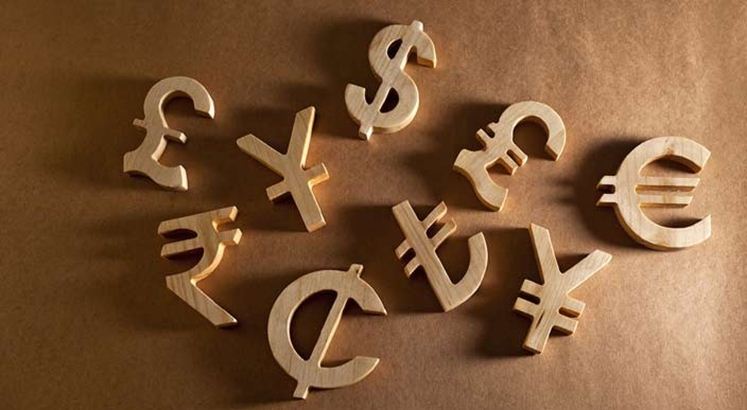
 OpinionExpress.In
OpinionExpress.In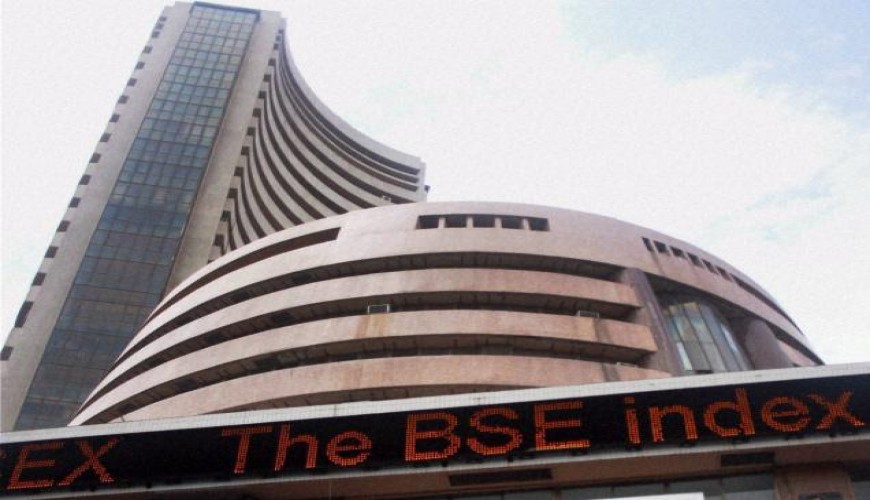

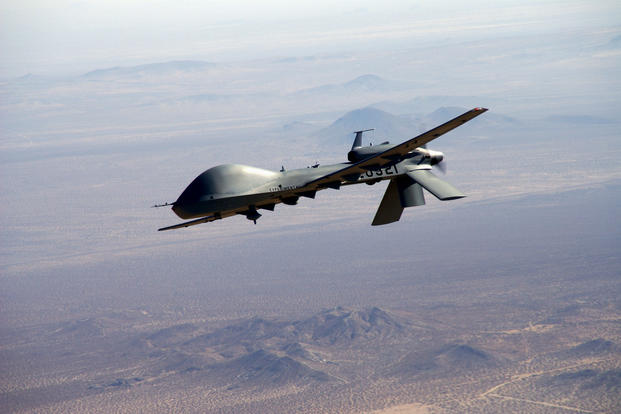
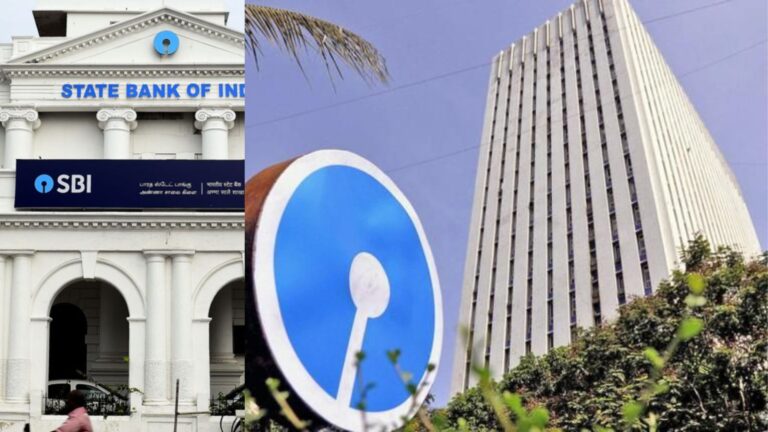
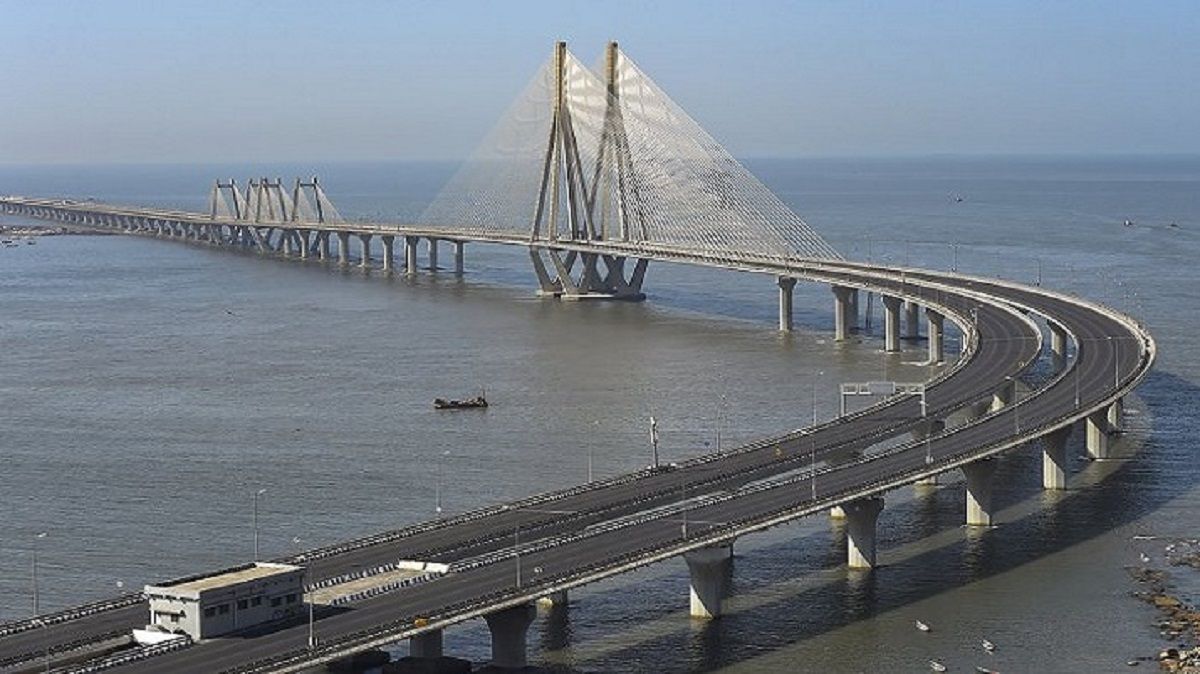
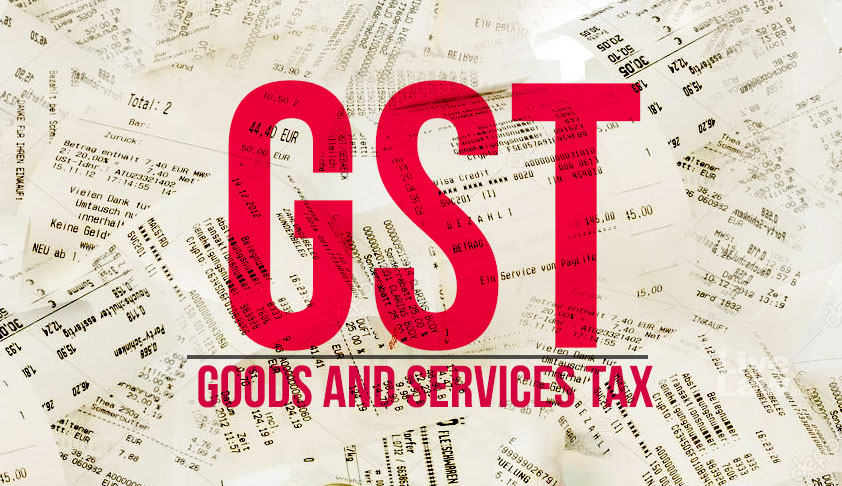
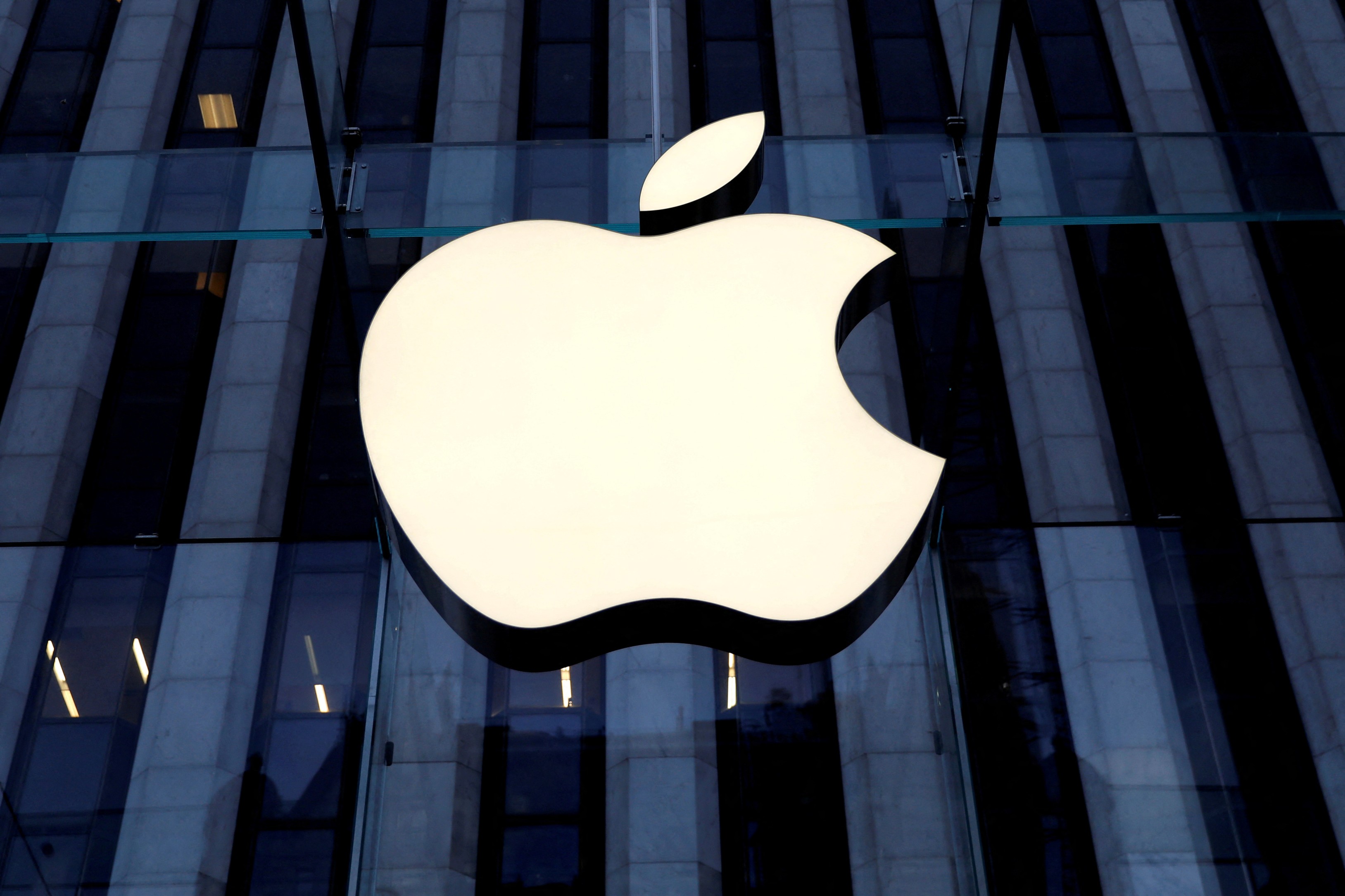

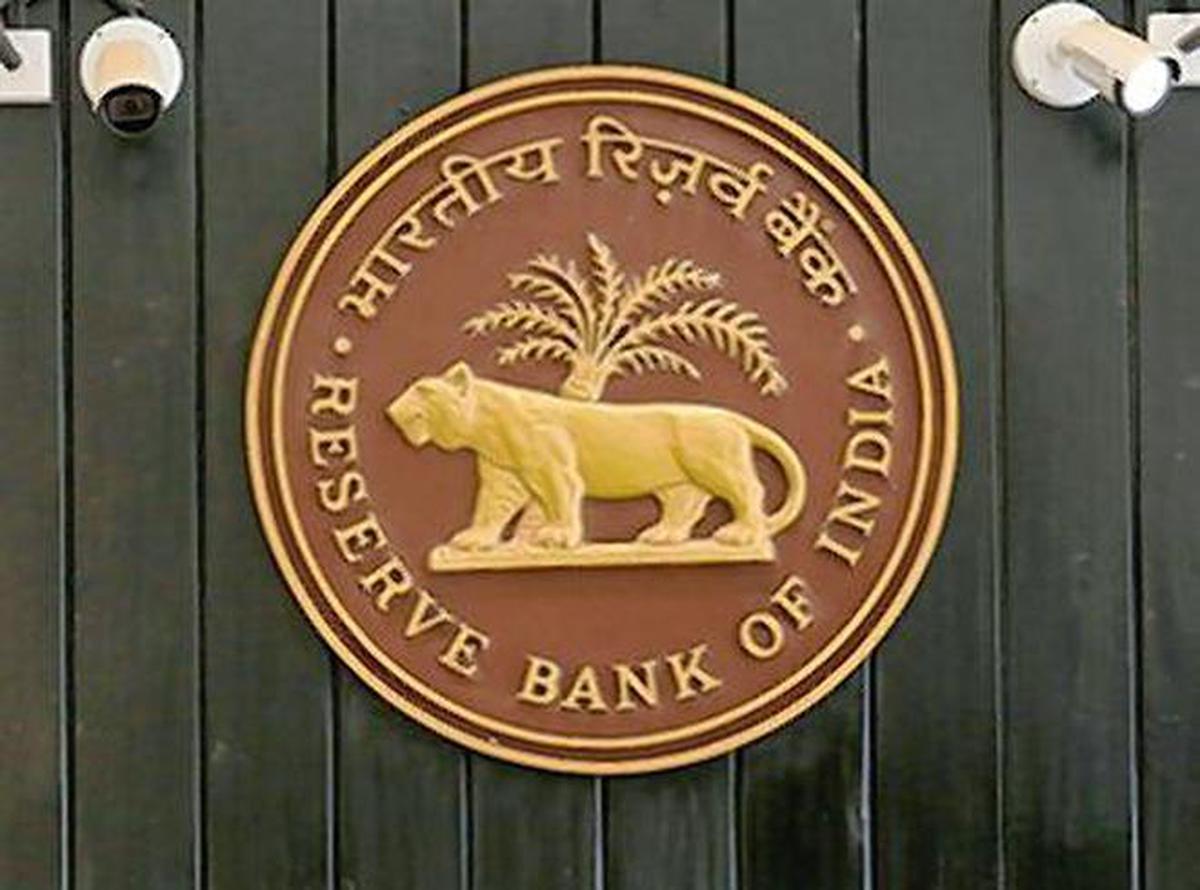






Comments (0)